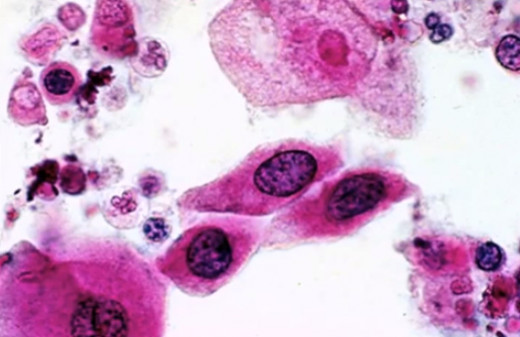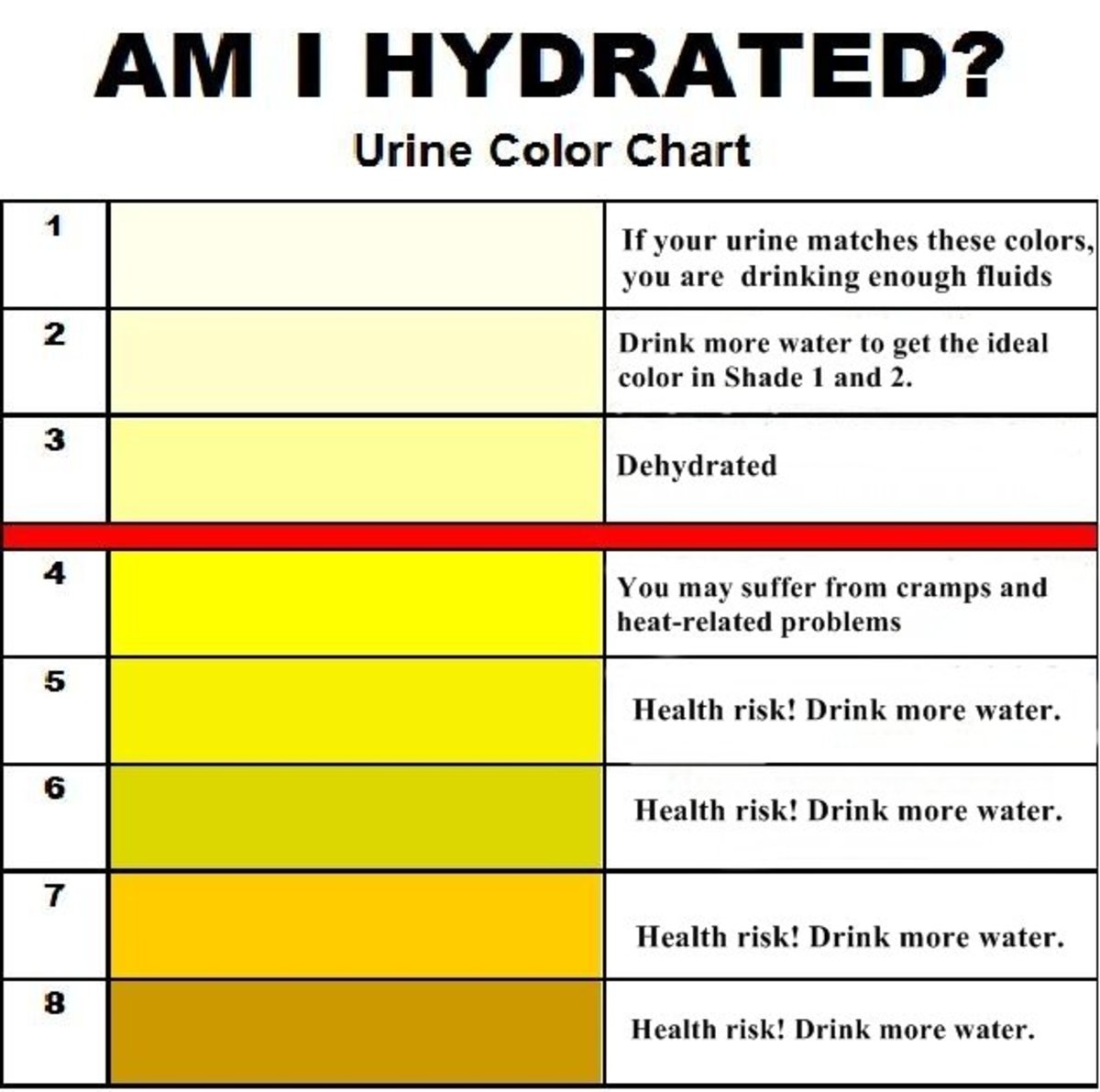Squamous Epithelial Cells In Urine
The presence of squamous epithelial cells in urine is not a worrying condition. The epithelium is made of densely packed epithelial cells. These cells occur across the body, enclose some organs, and are present underneath the skin. They line both the outer and inner surfaces of the body. They appear like an uninterrupted sheet of tissues which are connected by cell junctions.
The urinary tract and its components, i.e., the bladder, the ureters, and the urethra, are lined by 3 different types of epithelial cells, namely, renal tubular cells, transitionalepithelial cells, and squamous epithelial cells.Renal tubular cells are typically shaped like a column and consist of an elongated nucleus. Their presence usually indicates the occurrence of some kind of kidney disorder.Transitional epithelial cells can be noticed across the entirety of the urinary tract. They are made up of several layers of epithelial cells.
Squamous epithelial cells are the largest cells that can be detected in a urine sample. The cells consist of a thin, tiny nucleus that has granular and fine cytoplasm. The cells are flattened and typically come with irregular or angular borders. Squamous epithelial cells in urine may occur in groups of different sizes, or as single cells that are distributed randomly throughout the urine sample.
Two types of squamous epithelial cells can be found in urine.The presence of a single layer of squamous epithelial cells in the epithelium is referred to as simple squamous epithelium. When it occurs in multiple layers then it is known as stratified squamous epithelium.
Simple squamous epithelial cells in urine
Simple squamous epithelial cells consist of just one layer of epithelial cells. They act as the contact point between the base membrane and the epithelial tissue. They can be found in different parts of the body which experience fast diffusion such as the blood vessels lining or the endothelium, the pulmonary alveoli or the air sacs of the lungs, kidneys, capillaries, the mesothelium or the lining of main body cavities, or other key regions that exhibit minimal activity.
Stratified squamous epithelial cells in urine
Stratified squamous epithelial cells are distinguished by the presence of two or more epithelial cell layers. They are typically located in those parts of the body that experience a majority of wear and tear, such as the outer sections of the skin, the oral lining, the urinary tract, the esophagus, and the urinary bladder.The cells usually have a flattened form, but there are several layers that may not be flat. The epithelial cells found at the uppermost skin layer tend to be flattened, while those occurring near the base may be more columnar or cuboidal.
Functions of squamous epithelial cells
Squamous epithelial cells perform a variety of important functions as mentioned below:
- Simple squamous epithelial cells
- They play an important role in the protection of different organs located in the abdomen
- They facilitate the exchange of nutrients, oxygen, and waste
- They aid in the movement of immune cells from the tiny blood vessels to the adjacent tissues.
- They also have an important role to play in the blood filtering process, the passage of water and other matter from the blood into the urine, and diffusion or passage of oxygen into the blood.
- Stratified squamous epithelial cells
- They also play a crucial role in the protection of different organs. The underlying tissues are guarded by them from developing abrasions.
- The dry parts of the skin are covered by stratified squamous epithelial cells.
- The outer layer of these cells consist of a protein known as keratin which aids in retention of moisture and prevention of water loss.
Urinalysis and detection of squamous epithelial cells in urine
The occurrence of squamous epithelial cells in urine during urinalysis only indicates contamination of the urine sample, and not the presence of any pathology. Contamination of urine sample can happen due to many reasons. One such reason can be the fact that the urine sample was not collected during early morning. Early morning urine specimens are ideal and widely suggested by a majority of doctors for diagnostic tests.
Prevention of squamous epithelial cells in urine
Since the occurrence of squamous epithelial cells in urine does not indicate anything more than contamination of the urine sample, people need not be worried about its presence. However, a contaminated urine specimen can result in confusion or hamper the doctor from arriving at a correct diagnosis. It is therefore important for individuals to be aware about the right way of collecting a urine sample.
The best way to collect an uncontaminated urine specimen is during midstream. This way all the squamous epithelial cells passed into the urine from the skin linings of the penis or the labia will get washed away during the initial stream of urine. You may then start collecting the urine sample midway and remove the container just as you are about to finish voiding the bladder.




